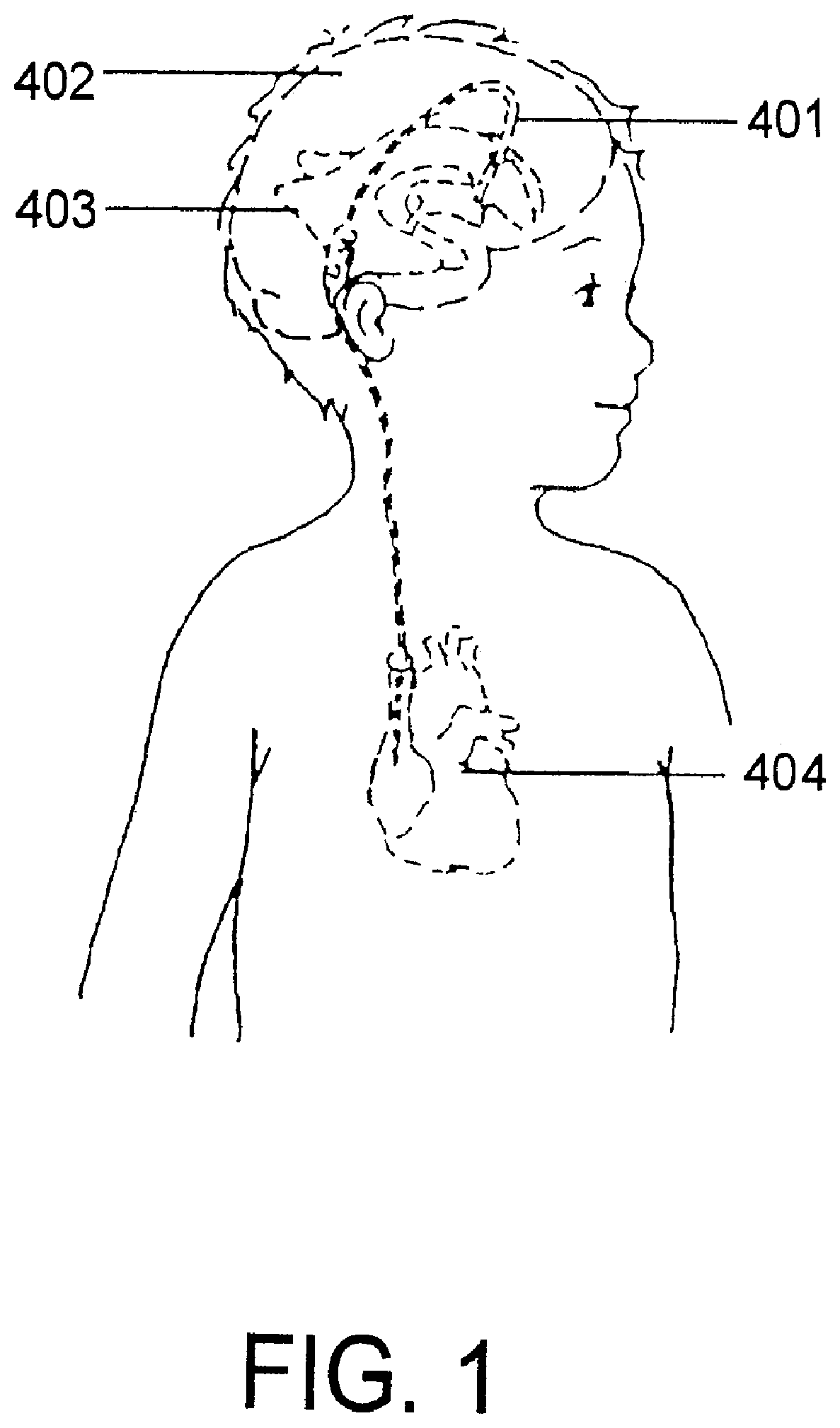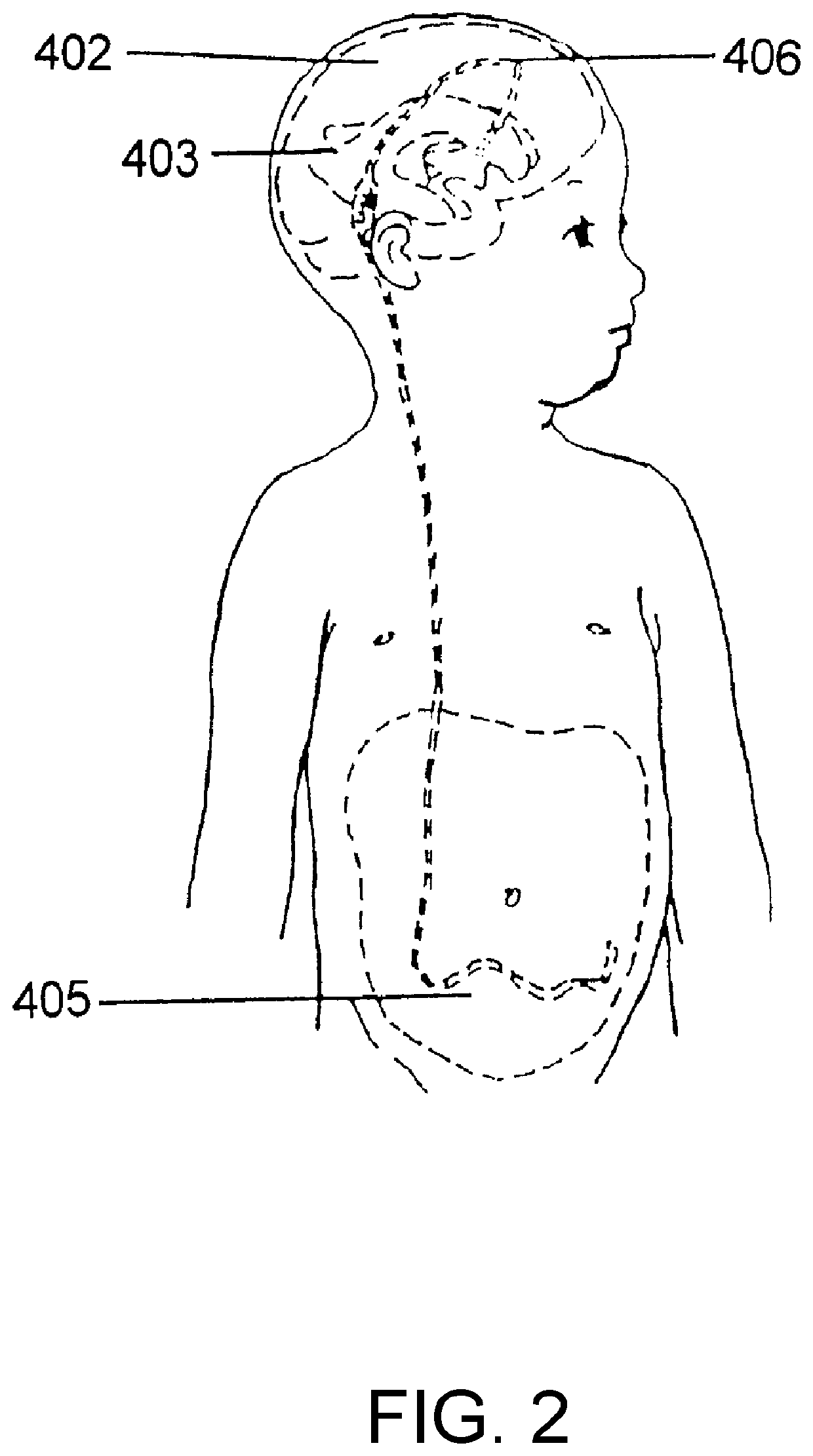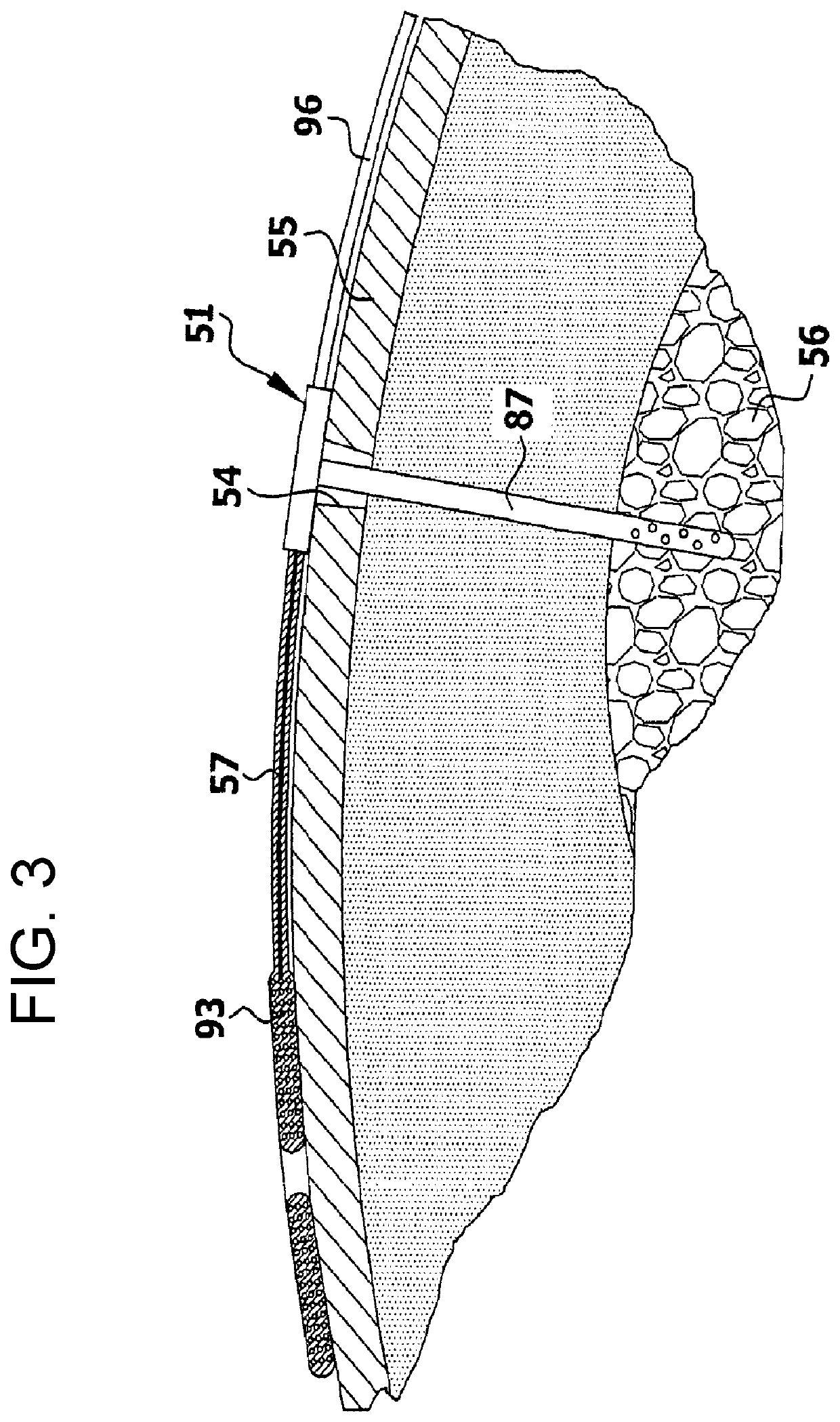Hydrocephalus shunt arrangement and components thereof for draining cerebrospinal fluid in a patient having hydrocephalus
a technology of cerebrospinal fluid and shunt arrangement, which is applied in the direction of wound draining, medical devices, other medical devices, etc., can solve the problems of increased pressure inside the patient's head, abnormal growth of the head, and uncontrolled discharge, so as to promote shock protection, reduce the volume of the chamber, and high the effect of dynamic resonan
- Summary
- Abstract
- Description
- Claims
- Application Information
AI Technical Summary
Benefits of technology
Problems solved by technology
Method used
Image
Examples
Embodiment Construction
[0089]As discussed above, hydrocephalus patients have the following medical problem: the brain is surrounded by a special liquid called liquor. This liquor is continuously being produced and reabsorbed in equal amounts. In the illness hydrocephalus (also called water on the brain), this equilibrium is disrupted and more liquid is produced than is reabsorbed. Because the interior of the skull represents a closed vessel, the result is an increase in volume. In infants, the seams in the skull cannot grow together and close, and in adults the internal pressure in the skull increases. Therefore there are two varieties of hydrocephalus: adult and infantile.
[0090]Hydrocephalus treatment initially consisted of simply draining the liquor. This drainage was effected by means of a simple hose connection between the skull and a large blood venous blood vessel or by a corresponding connection between the skull and the abdomen via a hose. It was quickly determined, however, that the pressure in t...
PUM
 Login to View More
Login to View More Abstract
Description
Claims
Application Information
 Login to View More
Login to View More - R&D
- Intellectual Property
- Life Sciences
- Materials
- Tech Scout
- Unparalleled Data Quality
- Higher Quality Content
- 60% Fewer Hallucinations
Browse by: Latest US Patents, China's latest patents, Technical Efficacy Thesaurus, Application Domain, Technology Topic, Popular Technical Reports.
© 2025 PatSnap. All rights reserved.Legal|Privacy policy|Modern Slavery Act Transparency Statement|Sitemap|About US| Contact US: help@patsnap.com



